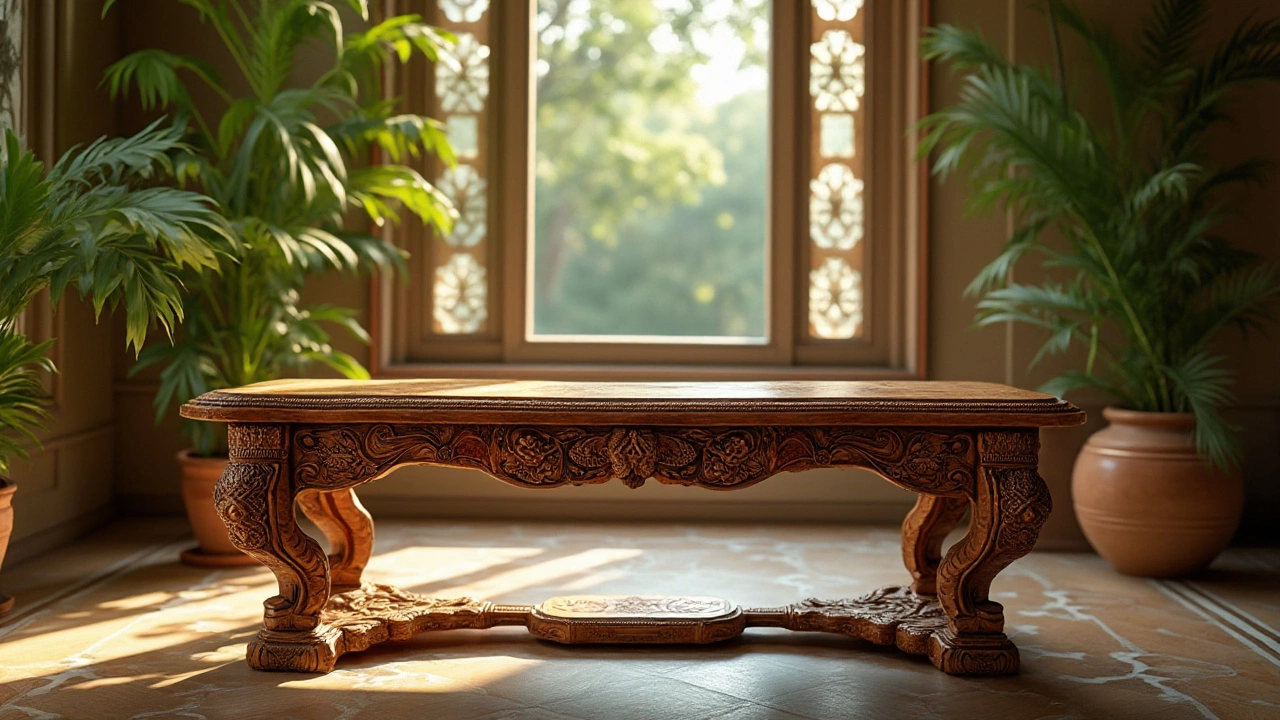Expensive Furniture: Why the Price Tag Feels Right
If you’ve ever walked into a showroom and saw a sofa that costs more than a car, you probably wondered what justifies that number. The answer isn’t mystery – it’s a mix of raw material quality, skilled hands, brand reputation, and the story behind each piece.
First off, material matters. Solid teak, real sheesham, or rare hardwoods like walnut fetch higher prices because they’re durable, age well, and look richer over time. Unlike particle board, these woods don’t warp or crack, so you’re paying for a lifespan that can stretch across generations.
Craftsmanship That Turns Wood into Art
The next factor is the people shaping the furniture. In India, master carpenters often spend weeks on a single chair, hand‑carving joints, applying traditional dovetail techniques, and polishing each surface by hand. This labor‑intensive process adds cost, but it also guarantees fit‑and‑finish that machines can’t replicate. When a piece is built to last, the upfront expense balances out in fewer replacements.
Brands also play a role. Names like K12, Godrej Interio’s premium line, or international designers bring a halo effect. Their marketing, design patents, and after‑sales service add a premium that isn’t just about the wood – it’s about trust and status.
Choosing Smart When You Spend Big
So, how do you know if an expensive item is worth it? Start by checking the source of the wood. Reputable sellers will show certifications or origin details. Next, examine joints – look for mortise‑and‑tenon or dovetail, not cheap metal brackets. Ask about the finish; natural oils and waxes usually signal better longevity than synthetic paints.
Don’t forget the ergonomics. A high‑price chair can still be uncomfortable if the design ignores human anatomy. Sit, lean, and move around to feel how the piece supports you. Comfort is a hidden cost‑saver because you’ll use it longer.Lastly, think about the resale potential. Luxury furniture often holds value, especially limited‑edition pieces from well‑known designers. Keeping original hardware and documentation can help you fetch a good price later.
In short, expensive furniture isn’t just about a fancy label. It’s about choosing materials that endure, artisans who pour skill into every curve, and brands that stand behind their work. When you know what to look for, the price feels like an investment rather than a splurge.

Discovering the World's Most Expensive Furniture and India's Contributions
Furniture can transform spaces, and for some, the cost isn't an issue if the piece exudes art and history. Some furniture pieces command astronomical prices due to their craftsmanship, materials, and legacy. From intricate designs by Indian artisans to pieces that blend modern innovation with historic artistry, the world's costliest furniture showcases global diversity. This article delves into these luxurious offerings and highlights India’s unique role in the high-end furniture market.
